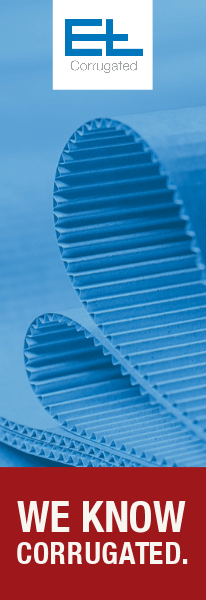ACTEGA claims that its new ACTGreen® Barrier Coatings provide an effective, sustainable alternative to traditional plastic PE laminates used across the packaging industry. The water-based products simplify both packaging production and end product recycling, while simultaneously offering a host of features and – viewed over the entire process – delivering cost efficiencies to the customer.
The barrier coatings and aqueous TPE dispersions form part of the new dedicated ACTGreen® product line — a robust, triple-headed portfolio focused on making a decisive contribution to sustainability.
With both fill products and packaging needing to be mutually protected from the effects of oils, fats, water and external substances, plastic polyethylene (PE) laminates have traditionally been adopted across the packaging industry – despite the complex, costly and increasingly scrutinized recycling process, which involves using specialist technologies to separate the plastic from the cardboard substrate. ACTEGA’s new ACTGreen® Barrier Coatings range, however, comprises barrier coatings and TPE dispersions (YUNICO®) for coating and binding which are all water-based, enabling substrates to be widely and easily recycled utilising standard practices. Facilitating time and cost efficiencies throughout the production line, and offering extreme versatility through a series of possible secondary features, ranging from heat sealability to heat resistance, the ACTGreen® Barrier Coatings provide an effective, economical and truly sustainable solution for conscientious printers and packaging converters looking to answer the ever-increasing call for reduced plastic use.
Depending on the product, barrier coatings from ACTEGA are able to provide effective protection from water vapour, water, oil and fat, with additional barrier effects against alcohol, alkaline and acidic liquids and dairy products. Further to this, its aqueous TPE dispersions with YUNICO®technology make it possible to combine these different properties within a single dispersion – for example, specific barrier properties; tactile effects (e.g. smooth, soft, silky, rough); heat sealability in high and low temperature ranges; and certified recyclability.




